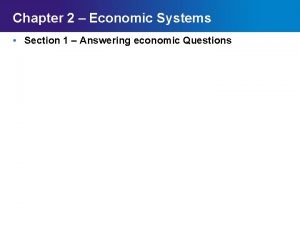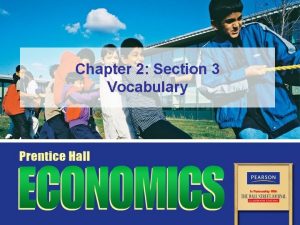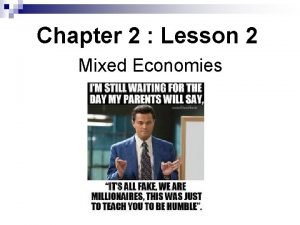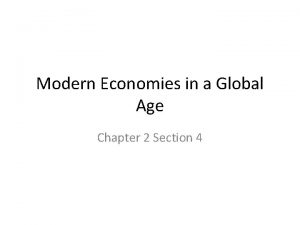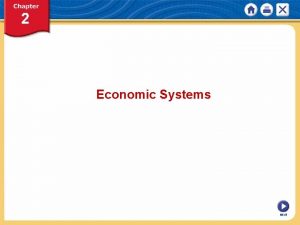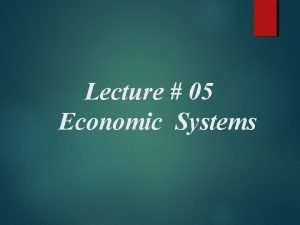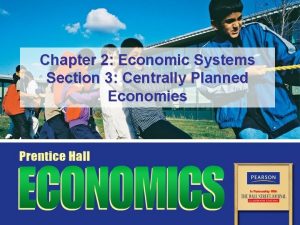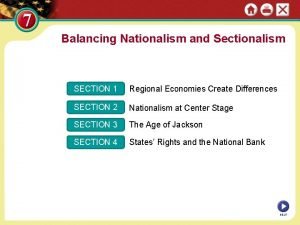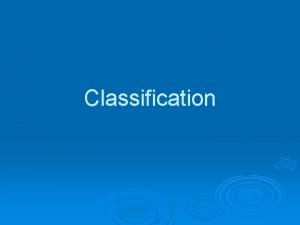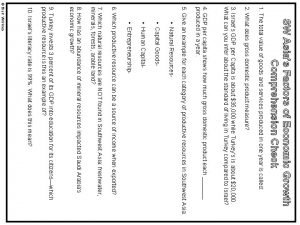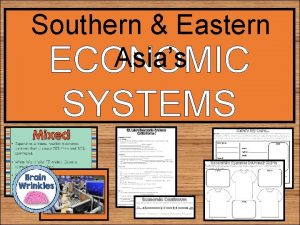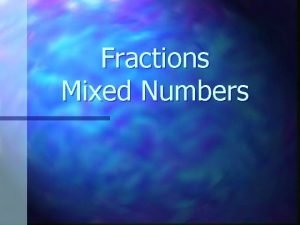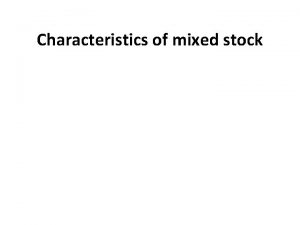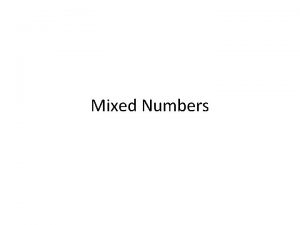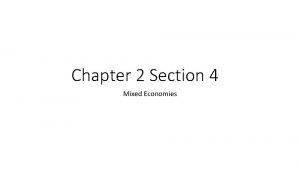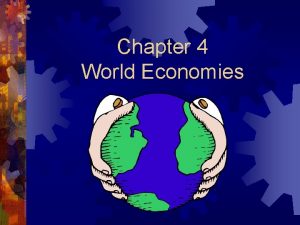MODERN MIXED ECONOMIES Chapter 2 section 4 Key










- Slides: 10

MODERN MIXED ECONOMIES Chapter 2 section 4

Key Terms Laissez Fair Private Property Free Enterprise Continuum Transition Privatize

Rise of Mixed Economies Limits of Laissez Faire I. Laissez Faire: government should not intervene in the market place. French meaning leave it alone/let it be. Adam Smith – acknowledged the need for exceptions to free market economies. 1. Government Intervention – prioritize needs and wants B. Needed – defense, highway/roads, etc. Optional Wants – Education, minimum wage, etc. 1. 2. a. Helps distribute resources evenly.

Balancing Control & Freedom I. Prioritize societal goals A. II. examples: universal healthcare, low income taxes, minimum wage, etc. Evaluate Opportunity Costs A. What could the opportunity cost or trade offs of government subsidized farming?

Circular Flow Model of a Mixed Economy STUDENTS: DO NOT COPY THIS, BUT LEAVE 1/3 OF YOUR PAGE BLANK FOR IN CLASS ON MONDAY!!!

Circular Flow Model Continued I. Government intervention Factor market – buys land, labor, and capital. A. 1. B. Example: 2. 8 million employees Product Market – buys goods and services 1. What do they need to make roads? Transferring Money C. 1. 2. 3. Collects taxes from households and firms That money becomes expenditures Example:

Comparing Mixed Economies Continuum – range with no clear definition (leave 4 or so lines blank after this definition).

Mixed Economies I. More government intervention North Korea A. 1. 2. State owns all property and economic output No imports or free trade China B. 1. Transition – period of change a. b. Moving from centrally planned to more free market. ¼ of state firms privatized (sold to individuals).

I. More market-based Hong A. Kong Largely free economy – like when under British rule 1. 2. Intervention – only set wages, control rent prices, and some public services. Encourage foreign investment and free trade.

The United States Free enterprise foundation – private and corporate ownership of capital goods. Little Government Regulation Protect Private Property I. III. A. B. C. Patents and copyright – encourages innovation and competition, which means lower prices. 5 th Amendment – compensation forced sale of private property. 14 th Amendment – right to life, liberty, and property. Encourage foreign investment and free trade IV. A. B. C. Freedom of choice for investments Protect some domestic industries Retaliate other countries’ trade restrictions
 Chapter 2 section 4 modern economies worksheet answers
Chapter 2 section 4 modern economies worksheet answers Section 3 centrally planned economies
Section 3 centrally planned economies Chapter 2 lesson 2 mixed economies
Chapter 2 lesson 2 mixed economies Section 4 modern economies
Section 4 modern economies Mixed economies in a sentence
Mixed economies in a sentence Mixed economic system characteristics
Mixed economic system characteristics Describe how a centrally planned economy is organized
Describe how a centrally planned economy is organized Chapter 7 section 1 regional economies create differences
Chapter 7 section 1 regional economies create differences Chapter 17 section 2 modern classification
Chapter 17 section 2 modern classification Se asian economies comprehension check answer key
Se asian economies comprehension check answer key Se asian economies comprehension check answer key
Se asian economies comprehension check answer key
